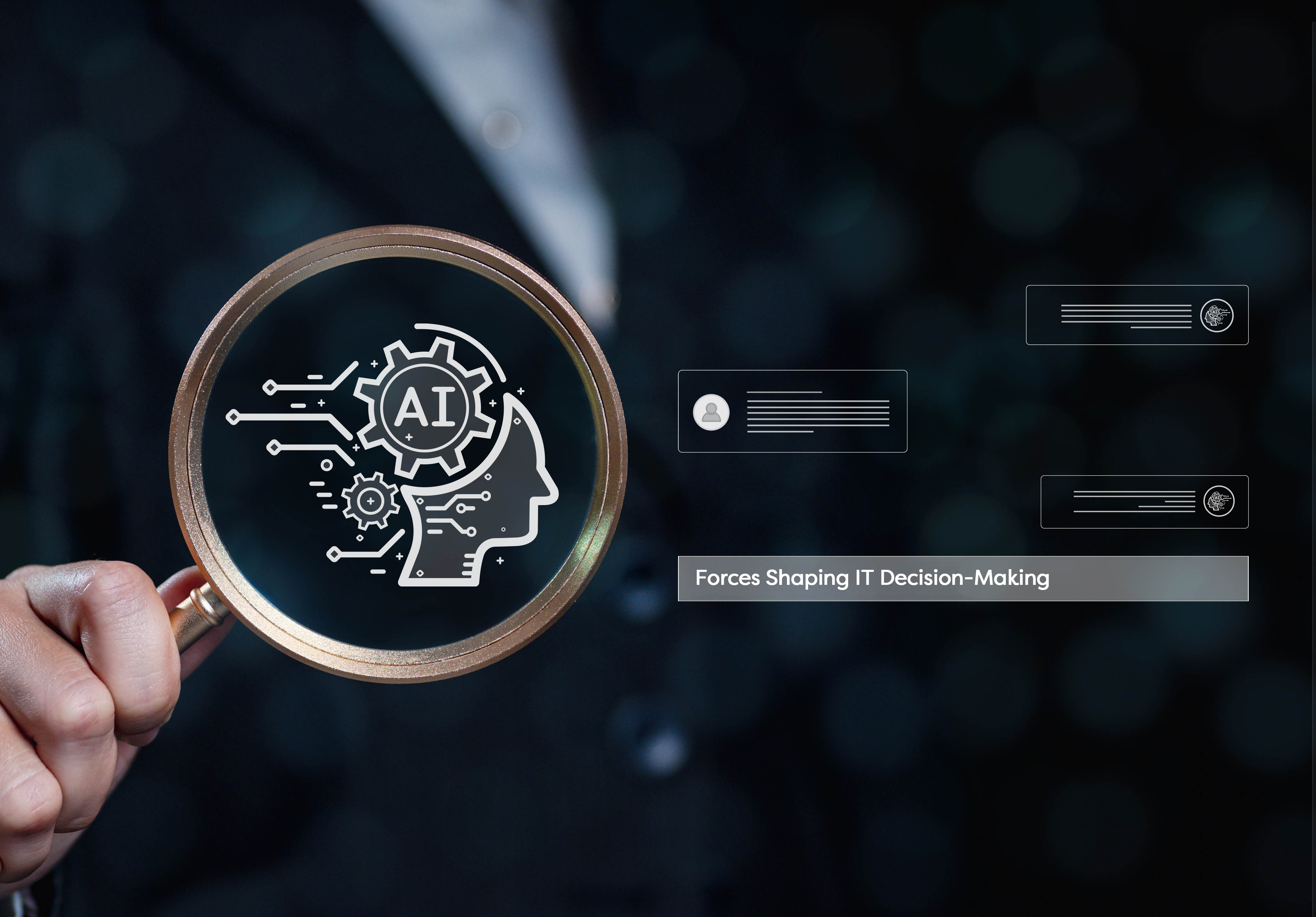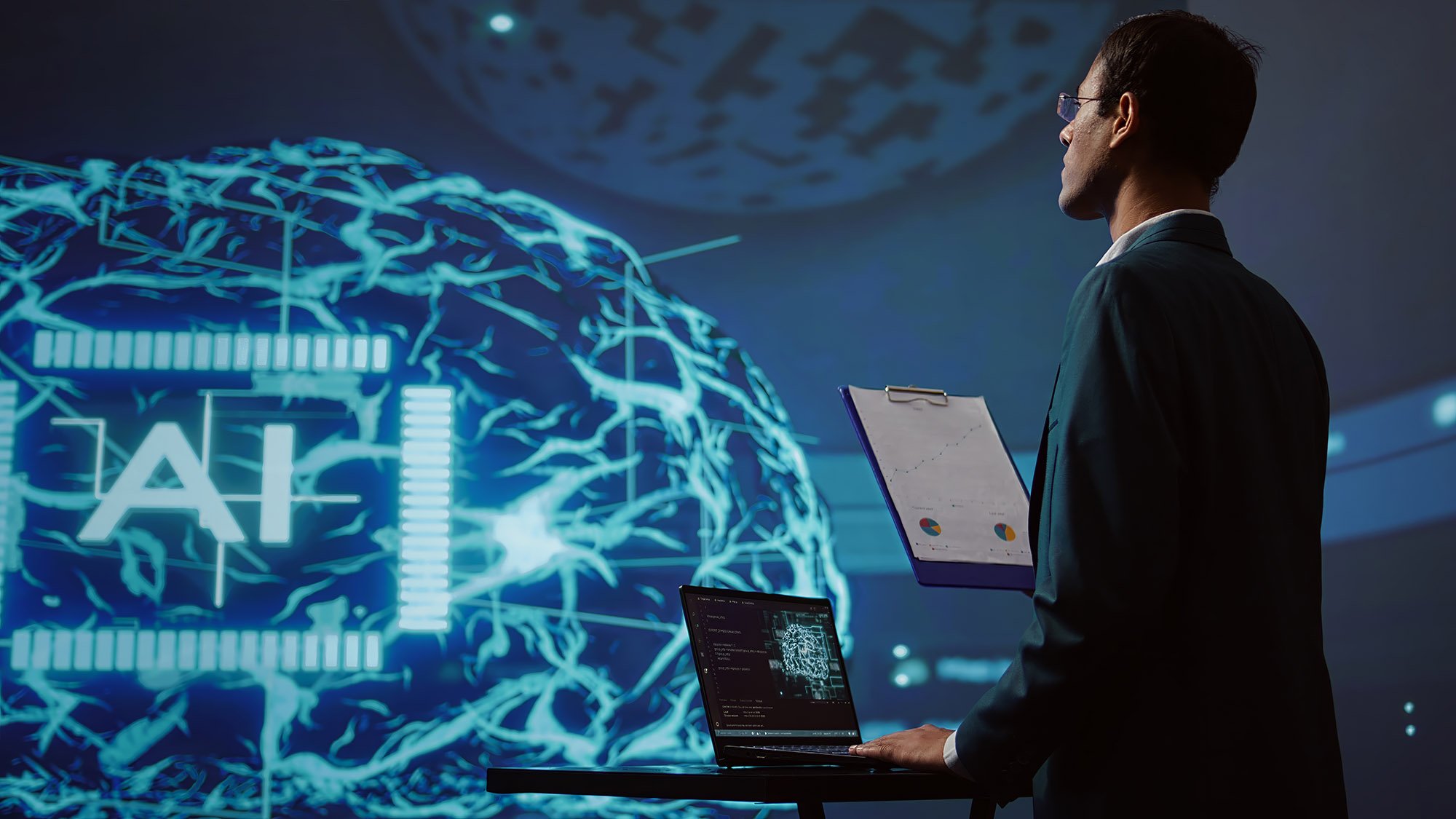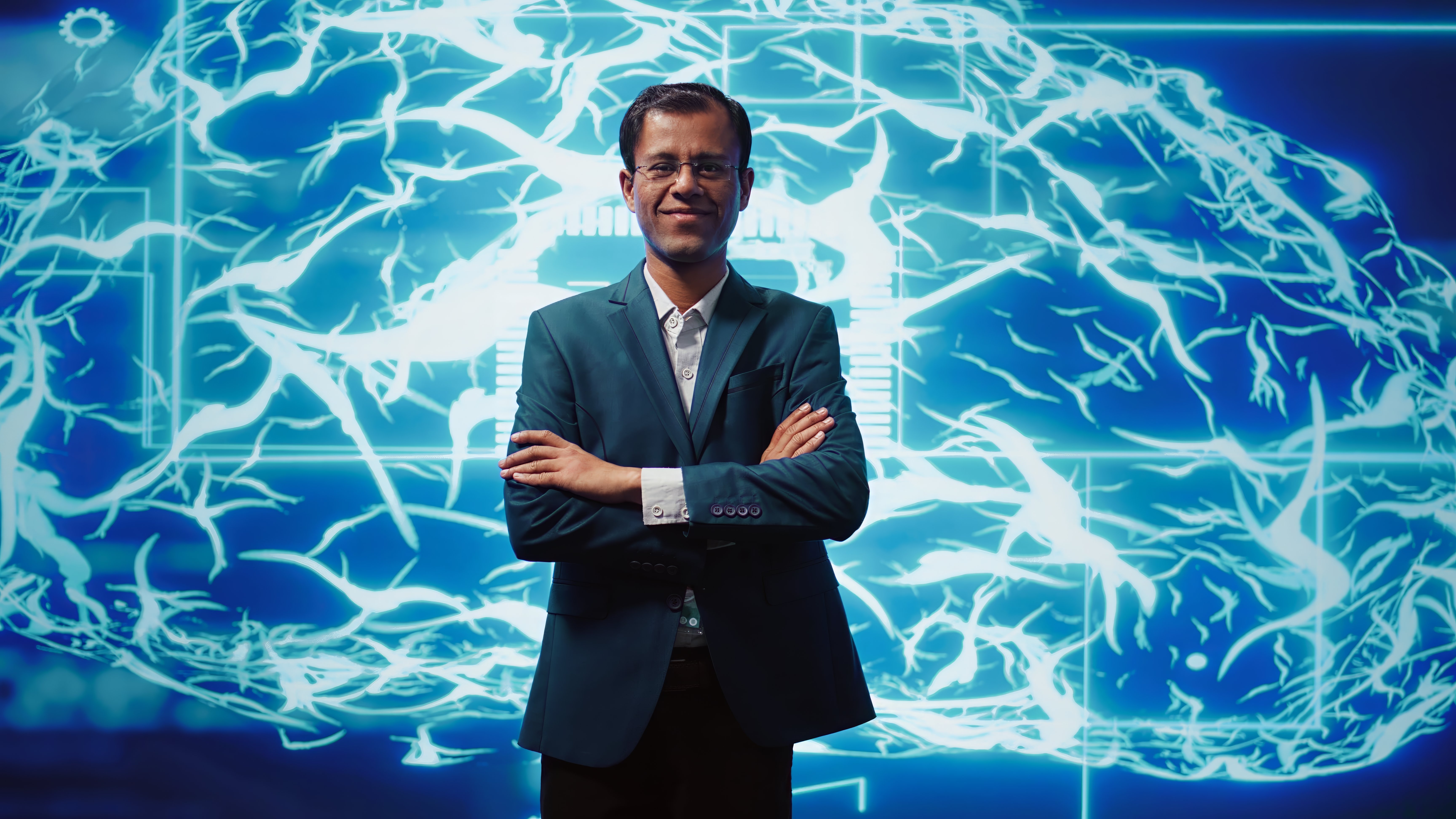Contents
Navigating the AI Era: Why CTOs Must Rewrite the Rules of Enterprise Tech
Enterprise technology spending in the United States has been growing significantly, increasing by 8 per cent per year on average since 2022. Yet, this surge in investment hasn't always translated directly into proportionate labour productivity gains, which have grown closer to 2 percent over the same period. This disconnect, highlighted by recent research, is creating a pivotal moment for Chief Technology Officers (CTOs) and IT departments, demanding a fundamental shift in how they approach technology investment and value creation in the coming year. The old economics of enterprise tech are giving way to new imperatives driven by innovations like cloud, AI, and evolving consumption models.
The Forces Shaping IT Decision-Making
The traditional approach to tech spend is being disrupted by several key forces. Cloud adoption and as-a-service models, for instance, have shifted a large portion of costs from capital expenditures to operating expenditures, with roughly 79 per cent of IT spend now falling into the latter category. This move towards utility-like consumption, along with the rise of token usage in Large Language Models (LLMs), provides unprecedented clarity on unit costs. This transparency is a game-changer, enabling the growth of financial operations (FinOps), which allows for more analytical and intentional investment decisions.
Furthermore, the integration of generative AI is impacting usage costs (e.g., cost per prompt) and forcing a rethink of talent strategies and spend models within IT and across the business. These changes aren't just about technology; they offer CIOs and CFOs new tools to manage tech spend more effectively.
Overcoming Barriers to Tech-Driven Productivity
Despite the potential, several factors currently hinder technology's ability to fully boost productivity. CTOs must directly address these in the coming year:
- Cyber and Compliance Costs: The essential costs of operating securely and responsibly in the modern world are increasing, driven by factors like regulations (e.g., GDPR impacting profit margins in data-intensive sectors) and rising cyberattacks (up 28 per cent in Q1 2024, pushing security spending up by a projected 15 per cent in 2025). These are necessary investments, but their impact on the bottom line needs careful management.
- Misaligned Incentives: Often, business leaders aren't fully accountable for the true, full lifecycle costs (including indirect costs like cloud and security) of the IT products or services they request. This can lead to poor spending decisions, pilot programmes that don't scale, and a significant loss of value (estimated at 20 to 30 per cent in FinOps programmes).
- Tech Debt: The accumulation of tech debt acts as a significant drag on productivity, requiring an additional 10 to 20 per cent on top of project costs to address. This is often a result of focusing on point solutions without clarity on resulting complexity.
- Value Leakage: Productivity gains from IT investments sometimes accrue outside the business, benefiting employees (e.g., from work-from-home investments) or vendors (e.g., cloud providers not passing on hardware cost reductions).
The common thread across the last three issues is a lack of transparency and understanding of modern technology economics.
A New Blueprint for IT Leadership
To bridge the gap between potential and reality, CTOs must champion four critical shifts, according to recent research:
- Embrace Consumption Metering: Moving the entire technology estate to a consumption metering model is crucial for transparency, allowing companies to track costs at a unit level and hold teams accountable for total costs and tech debt. FinOps models for cloud consumption are a prime example. This requires building technology services as consumable products with metering and attribution capabilities. AI and generative AI are already aiding this by automating data tasks and enabling interactive analysis.
- Operate Everything Like a Product: Extending the product operating model beyond IT to the entire business is essential. Cross-functional teams, led by a Product Manager, must own their products completely, including ongoing maintenance and full costs. The Product Manager is key, responsible for the product's financials, tracking costs, modelling demand, and ensuring value delivery.
- Prioritise High-Value Initiatives: Instead of scattering resources across small gains or subscale pilots, CTOs must use analytical rigor to focus tech investment on domains and use cases with the greatest value potential. Scaling successful technology programmes is where the greatest returns lie, requiring intentional architecture design. Building reusable data products, for example, can significantly reduce costs as use cases scale. Enterprise architects play a vital role in designing infrastructure for scale and managing tech debt proactively.
- Transform the Talent Model for AI: The rise of agentic AI is poised to revolutionise IT operations, potentially accelerating modernization timelines and reducing tech debt costs significantly. This necessitates a complete rethink of talent strategies, moving away from rigid structures towards more adaptable models capable of leveraging AI's potential.
The Future of Enterprise Tech Decisions: Understanding Tech Economics
The decisions made regarding enterprise technology in the next couple of years will significantly influence company performance over the coming decade. For CTOs, this means moving beyond traditional budgeting to use a deeper understanding of tech economics to drive strategic growth and ensure technology investments deliver tangible, measurable value. This is the mandate for the coming year.



